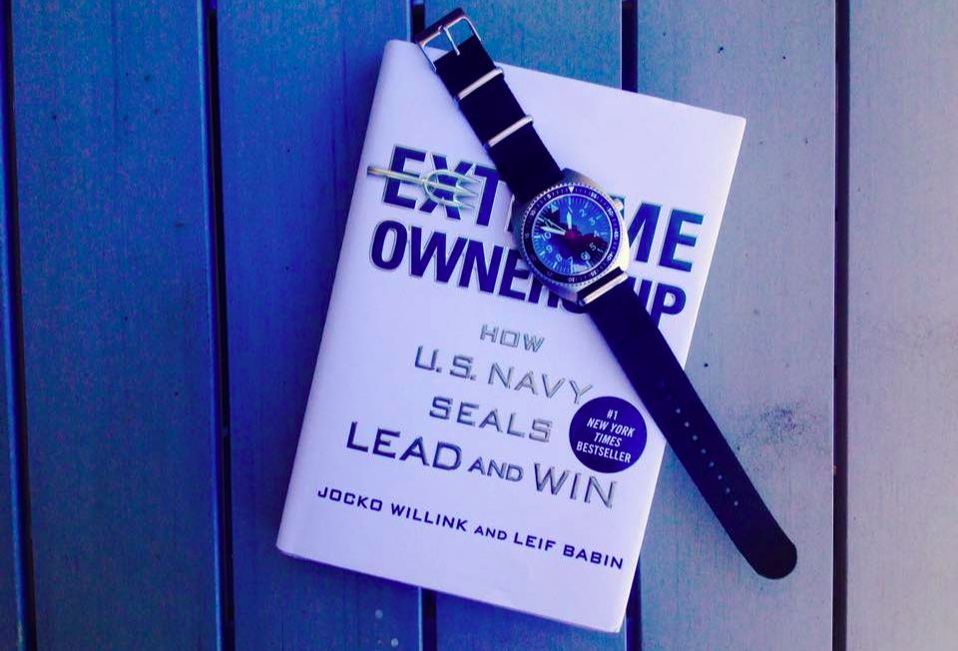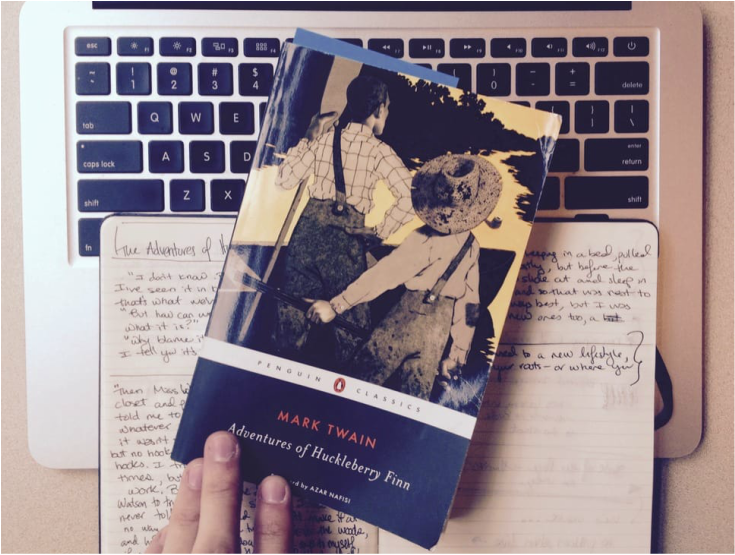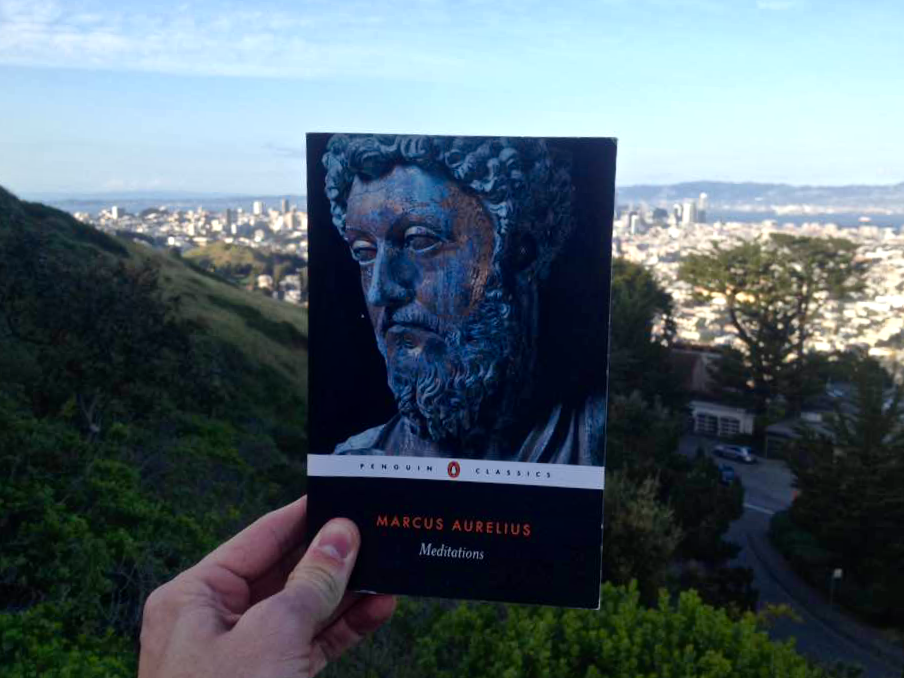Last month I interviewed Kevin Costner — yes, that Kevin Costner — about his new book series, the art of storytelling and his favorite way to unwind after a long day. Really down to earth guy. (My one regret was not asking him a question or two about Waterworld.) Here are a few of my favorite excerpts from the interview, but really I think it's worth reading in its entirety. KC is extremely thoughtful and passionate about all things storytelling, adventure, and history.
Enjoy!
Enjoy!
Jon: The Explorers Guild features a rich diversity of locales, cultures, and characters, all of which are affected in some way by World War I. What interested you about these locations and time period?
KC: In 1914 to 1918, we’re dealing with war on a scale beyond anything we’d seen up to that point. The sense that this could be the end of all things was perfectly real, and widely felt. And the idea that civilization was hanging in the balance was an important element of our story. We also felt that the period and settings were familiar enough — our players speak more or less the same language that we do today, and many of the people and events and divisions on the map will be known to us — so that as writers we’d have a footing already in the reader’s mind. But our settings and historical events aren’t so well-known today that we can’t get away with a little bit of smoke, which serves a purpose, too. What we’ve tried to do is knit our more fantastic elements in with real elements of history. We get to some pretty strange places, ultimately. But looking back we hope it’s not always easy to see where we left the world and the history we know.
KC: In 1914 to 1918, we’re dealing with war on a scale beyond anything we’d seen up to that point. The sense that this could be the end of all things was perfectly real, and widely felt. And the idea that civilization was hanging in the balance was an important element of our story. We also felt that the period and settings were familiar enough — our players speak more or less the same language that we do today, and many of the people and events and divisions on the map will be known to us — so that as writers we’d have a footing already in the reader’s mind. But our settings and historical events aren’t so well-known today that we can’t get away with a little bit of smoke, which serves a purpose, too. What we’ve tried to do is knit our more fantastic elements in with real elements of history. We get to some pretty strange places, ultimately. But looking back we hope it’s not always easy to see where we left the world and the history we know.
Jon: What do you think are some other essential ingredients for an adventure story?
KC: A careful choice of settings, the creation of challenges, the architecture of dilemma; I think surprise and humor are often undervalued, and storytelling never suffers from either. Secrets and mystery, and the willingness to hold back information until the right time — this is the art everyone tries to master...But what really brings it all together and makes your story work is character. Jon has said, “We might not remember everything that happened in The Odyssey or Moby Dick or Mutiny on the Bounty or Heart of Darkness, but we all know Ulysses and Ahab and Bly and Kurtz.” I think a good yarn doesn’t speak at you or just wait to be admired, it throws you a line from the beginning — it makes a connection with you, so that where it goes, you go. I think we agree that’s best done by paying close attention to character.
Jon: How about real life adventures? Do you have any planned this fall that you’re excited about?
KC: It’s a busy fall, but in December I’ve got a Caribbean trip lined up, and part of the idea is that my wife and I are surprising the kids with it. At a certain point, too, we’ll be bringing out the maps for the younger kids, and we’re going to send them on a treasure hunt. We’ll have to bury something somewhere to pay the thing off, but when you’re eight or younger, like my youngest are, that’s a day’s adventure in itself, just hunting around through wild and unfamiliar terrain, with some magical object in mind.
I’ve also set the challenge for myself, where one of those days I’m going to head into the water and catch our dinner. I don’t know that that’s anyone’s idea of high adventure, necessarily, but there’s something deeply satisfying — something very primal — about going alone into nature and being on the hook for feeding yourself and your family. It will just be me and a Hawaiian sling, and we’ll see how it goes.
Jon: What items are bound to be in your pockets on a normal Tuesday? Notepad? Swiss Army knife? Lucky handkerchief?
KC: I think I’m more of the travel-light kind of guy. I try to get a quick start and keep moving. I figure if I come up against the worst out there, it’s not what’s in my pockets that will save me.
KC: A careful choice of settings, the creation of challenges, the architecture of dilemma; I think surprise and humor are often undervalued, and storytelling never suffers from either. Secrets and mystery, and the willingness to hold back information until the right time — this is the art everyone tries to master...But what really brings it all together and makes your story work is character. Jon has said, “We might not remember everything that happened in The Odyssey or Moby Dick or Mutiny on the Bounty or Heart of Darkness, but we all know Ulysses and Ahab and Bly and Kurtz.” I think a good yarn doesn’t speak at you or just wait to be admired, it throws you a line from the beginning — it makes a connection with you, so that where it goes, you go. I think we agree that’s best done by paying close attention to character.
Jon: How about real life adventures? Do you have any planned this fall that you’re excited about?
KC: It’s a busy fall, but in December I’ve got a Caribbean trip lined up, and part of the idea is that my wife and I are surprising the kids with it. At a certain point, too, we’ll be bringing out the maps for the younger kids, and we’re going to send them on a treasure hunt. We’ll have to bury something somewhere to pay the thing off, but when you’re eight or younger, like my youngest are, that’s a day’s adventure in itself, just hunting around through wild and unfamiliar terrain, with some magical object in mind.
I’ve also set the challenge for myself, where one of those days I’m going to head into the water and catch our dinner. I don’t know that that’s anyone’s idea of high adventure, necessarily, but there’s something deeply satisfying — something very primal — about going alone into nature and being on the hook for feeding yourself and your family. It will just be me and a Hawaiian sling, and we’ll see how it goes.
Jon: What items are bound to be in your pockets on a normal Tuesday? Notepad? Swiss Army knife? Lucky handkerchief?
KC: I think I’m more of the travel-light kind of guy. I try to get a quick start and keep moving. I figure if I come up against the worst out there, it’s not what’s in my pockets that will save me.
Check out the rest of the interview on Huckberry.
And to read an excerpt, see more illustrations, grab your copy,
and get the scoop on the book tour, check out The Explorers Guild website.
And to read an excerpt, see more illustrations, grab your copy,
and get the scoop on the book tour, check out The Explorers Guild website.





















